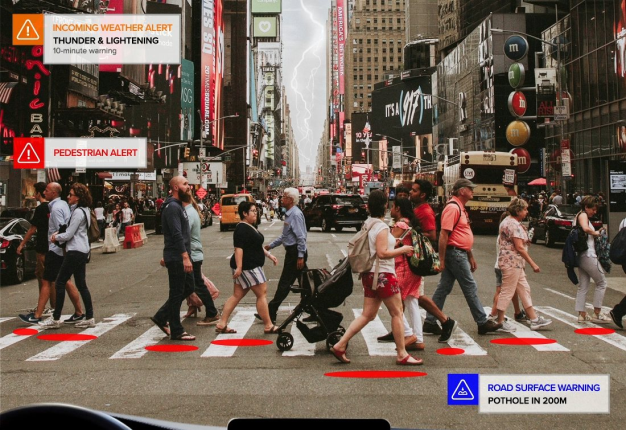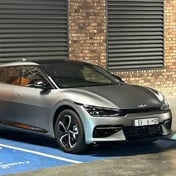
In 2017 the car industry spent $210-million on augmented reality (AR) and virtual reality worldwide, in 2025 carmakers are projected to spend $673.6-billion in 2025. That's a 320 000% increase in eight years, according to Vanarama.
Howstuffworks.com describes AR "the blending of interactive digital elements – like dazzling visual overlays, buzzy haptic feedback, or other sensory projections – into our real-world environments."
While VR can simply defined as "the use of computer technology to create a simulated environment", according to Marxentlabs.com
Let's investigate why so much money is being ploughed into AR and VR and is already being used by the likes of BMW, Jaguar, Mini and Mazda in their production models.
The team at Vanarama have made an interesting clip (above) that illustrates four technologies that we will possibly be incorporated into future production models.
Read the original article here.
Intelligent Terrain Mapping - A camera used to track the road and supply the driver with navigational instructions and information over objects live via an AR nav screen, says Vanarama. Mercedes-Benz's GLE offers this tech in certain regions.
Augmented Marketing - This is very interesting. Advertising will be taken to a new dimension as AR will display via the windscreen the price of goods, ratings, and opening and closing times to drivers when passing an establishment.
Your bank balance may display when passing your local branch.
Automated Parking Assistance - Already used in BMW and Volvo models, a camera in conjunction with AR displays a drone-view shot of the area around the car to aid parking.
Future tech could notify drivers of an empty parking spot in a lot and prompt the driver via a notification on the windscreen. It could even show the driver how much the cost of parking is per hour.
Intuitive Road Safety - AR is used on many cars to make aid driver safety by the use of a heads-up display showing the speed limit and various road signs. In the future, carmakers will be able to inform drivers of adverse weather conditions.
Another innovative piece of tech is to display texts or phone calls onto the windscreen, eliminating the need to fumble with your phone while driving, which is illegal.
Image: Vanarama
Read the original article here.
Compiled by Sean Parker




 Publications
Publications
 Partners
Partners











